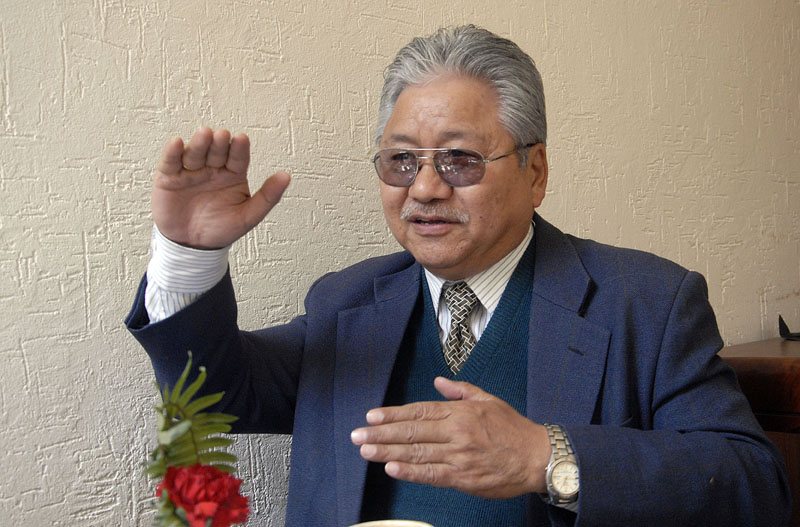PDA urges Nepal, India to give feedback on Pancheshwar DPR
- The multipurpose project has the capacity to generate around 12 billion units of electricity per year
Kathmandu, July 5
Pancheshwar Development Authority (PDA), the developer of 4,800-megawatt Nepal-India Pancheshwar Multipurpose Project, has called on governments of both the countries to expedite the process of providing feedback on final draft of the detailed project report submitted earlier by a consultant.
Although the PDA has not officially issued a deadline in this regard, its CEO Mahendra Gurung said the PDA was working towards finalising the DPR by the end of October.
“We would highly appreciate if both the governments could review the document and provide feedback at the earliest, so that the DPR could be approved,” Gurung said.
He made this comment during the fourth meeting of the governing body of PDA, which concluded today in Pokhara.
The meeting of the governing body is headed by Nepal’s energy secretary and secretary at the Indian Ministry of Water Resources, River Development and Ganga Rejuvenation (MoWRRDGR). But Indian Water Resources Secretary Shashi Shekhar could not attend the talks this time.
To fill the gap, Additional Secretary at MoWRRDGR, UP Singh, led the Indian team during governing body’s meeting which began on Monday.
“Although Nepali team was headed by Energy Secretary Suman Prasad Sharma, PDA’s statute does not allow anyone other than secretaries of both the ministries to attend the governing body’s meeting. Since the Indian secretary was not present, we have decided to arrange another meeting between Sharma and Shekhar soon to adopt the decisions reached this time,” Gurung said.
One of the main agendas raised during the two-day governing body’s meeting was the need to finalise the DPR at the earliest.
WAPCOS Ltd, an Indian state-owned company hired to prepare the detailed report on Pancheshwar project, submitted the final draft of the DPR in March.
Since then, copies of the draft DPR have been forwarded to both Nepali and Indian governments, seeking suggestions. But delay in submission of recommendations has prevented PDA executive body, led by Gurung, from moving forward.
The Mahakali Treaty, based on which this project is being developed, for instance, says cost of building Pancheshwar Project will have to be borne by both the countries in proportion to benefits they reap.
Although the draft DPR says the project will cost around Rs 480 billion, both the countries are yet to determine benefits each will reap from the project.
“Issues such as these need to be sorted out soon. Otherwise, we cannot move ahead. So, we are awaiting responses from both the governments,” Gurung said.
Once these issues are settled, the Pancheshwar Development Authority will start designing funding modalities to build the project.
So far, both the governments have not decided on whether to tap its own financial resources to fund the project or reach out to banks as well for debt financing.
“If decisions are taken on this front, we will have to initiate various processes to arrange the funds for which we will need legal authority. We have asked the governing body to give us that permission. But it has asked us to first discuss the matter with legal experts,” Gurung said.
Pancheshwar Project, including a re-regulating dam at Rupaligad Project, is being built jointly by Nepal and India on the Mahakali River in far-western part of the country.
The project has the capacity to generate around 12 billion units of electricity per year.






